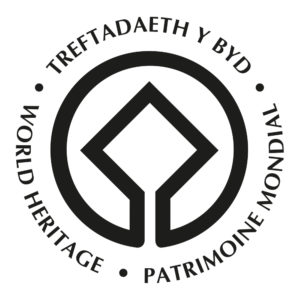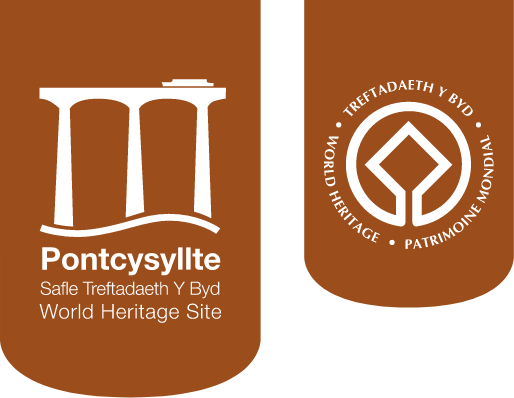What is a World Heritage Site?
The United Nations Educational, Scientific and Cultural Organization (UNESCO) seeks to encourage the identification, protection and preservation of cultural and natural heritage around the world considered to be of outstanding value to humanity. This is embodied in an international treaty called the Convention concerning the Protection of the World Cultural and Natural Heritage, adopted by UNESCO in 1972.
The World Heritage Convention
The Cultural and Natural Heritage is among the priceless and irreplaceable assets, not only of each nation, but of humanity as a whole. The loss, through deterioration or disappearance, of any of these most prized assets constitutes an impoverishment of the heritage of all the peoples of the world. Parts of our heritage, because of their exceptional qualities, can be considered to be of “Outstanding Universal Value” and as such, worthy of special protection against the dangers which increasingly threaten them.
To ensure as far as possible the proper identification, protection, conservation and presentation of the world’s heritage the member states of UNESCO (United Nations Education, Scientific and Cultural Organisation) adopted the “World Heritage Convention” in 1972.
Cultural and Natural Heritage are defined in articles 1 and 2 of the ‘World Heritage Convention’.
Article 1 – “cultural heritage”
- monuments: architectural works, works of monumental sculpture and painting, elements or structures of an archaeological nature, inscriptions, cave dwellings and combinations of features which are of Outstanding Universal Value from the point of view of history, art or science;
- groups of buildings; groups of separate or connected buildings which, because of their architecture, their homogeneity or place in the landscape, are of Outstanding Universal Value from the point of view of history, art or science;
- sites: works of man or the combined works of nature and of man, and areas including archaeological sites which are of Outstanding Universal Value from the historical, aesthetic, ethnological or anthropological points of view.
Article 2 – “natural heritage”
- natural features consisting of physical and biological formations or groups of such formations which are of Outstanding Universal Value from the aesthetic or scientific point of view;
- geological and physiological formations and precisely delineated areas which constitute the habitat of threatened species of animals and plants of Outstanding Universal Value from the point of view of science or conservation;
- natural sites or precisely delineated natural areas of Outstanding Universal Value from the point of view of science, conservation or natural beauty.


How to be included
To be included on the World Heritage List, sites must be of outstanding universal value and meet at least one out of ten selection criteria:
- Represent a masterpiece of human creative genius;
- Exhibit an important interchange of human values, over a span of time or within a cultural area of the world, on developments in architecture or technology, monumental arts, town-planning or landscape design;
- Bear a unique or at least exceptional testimony to a cultural tradition or to a civilization which is living or which has disappeared;
- Be an outstanding example of a type of building, architectural or technological ensemble or landscape which illustrates (a) significant stage(s) in human history;
- Be an outstanding example of a traditional human settlement, land-use, or sea-use which is representative of a culture (or cultures), or human interaction with the environment especially when it has become vulnerable under the impact of irreversible change;
- Be directly or tangibly associated with events or living traditions, with ideas, or with beliefs, with artistic and literary works of outstanding universal significance. (The Committee considers that this criterion should preferably be used in conjunction with other criteria);
- Contain superlative natural phenomena or areas of exceptional natural beauty and aesthetic importance;
- Outstanding examples representing major stages of earth’s history, including the record of life, significant on-going geological processes in the development of landforms, or significant geomorphic or physiographic features;
- Outstanding examples representing significant on-going ecological and biological processes in the evolution and development of terrestrial, fresh water, coastal and marine ecosystems and communities of plants and animals;
- Contain the most important and significant natural habitats for in-situ conservation of biological diversity, including those containing threatened species of outstanding universal value from the point of view of science or conservation.


